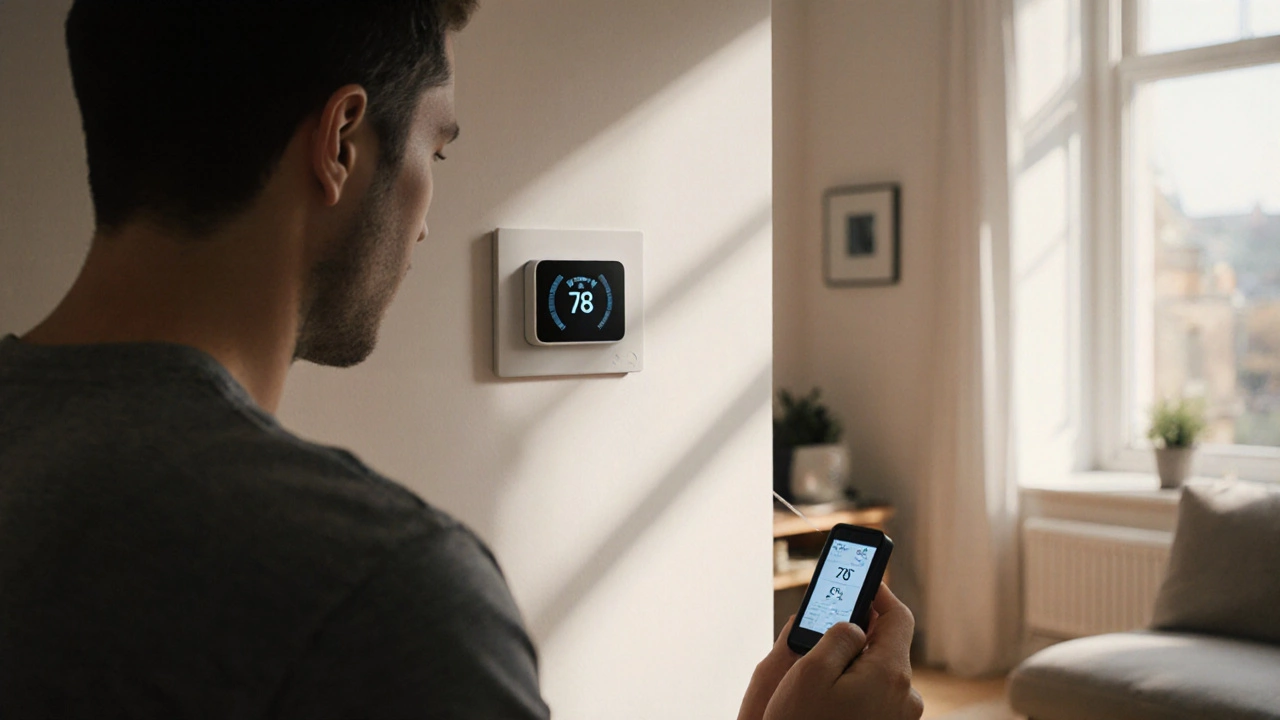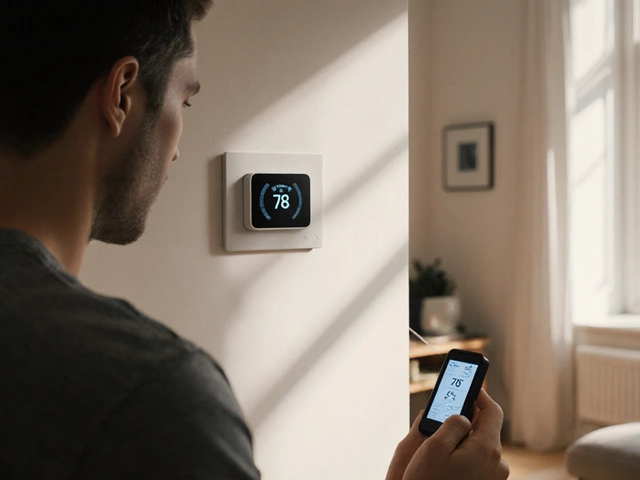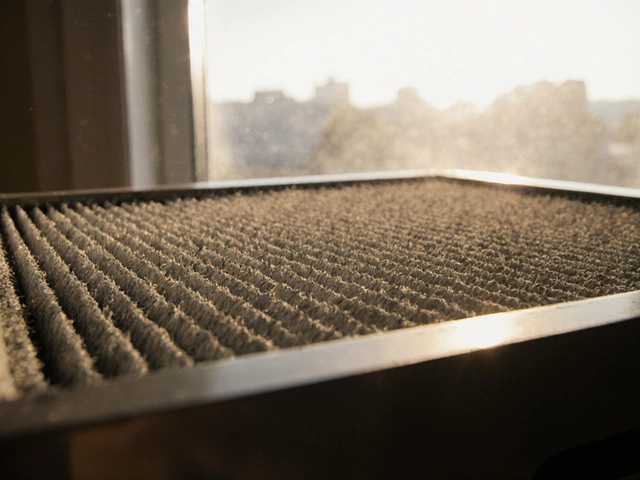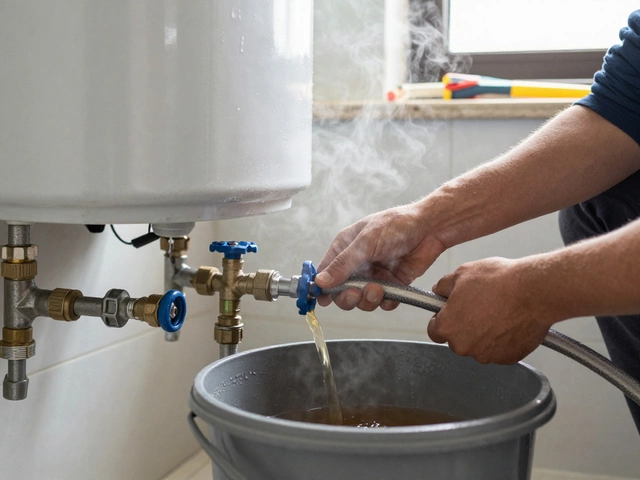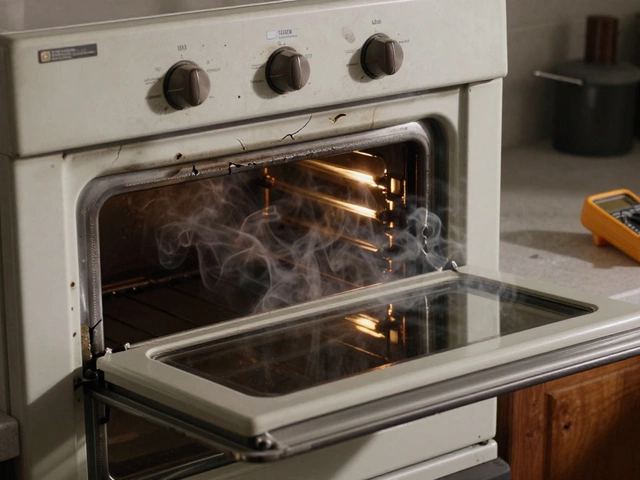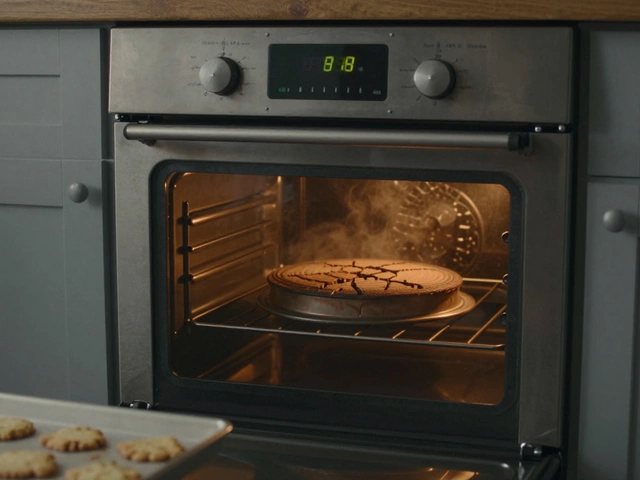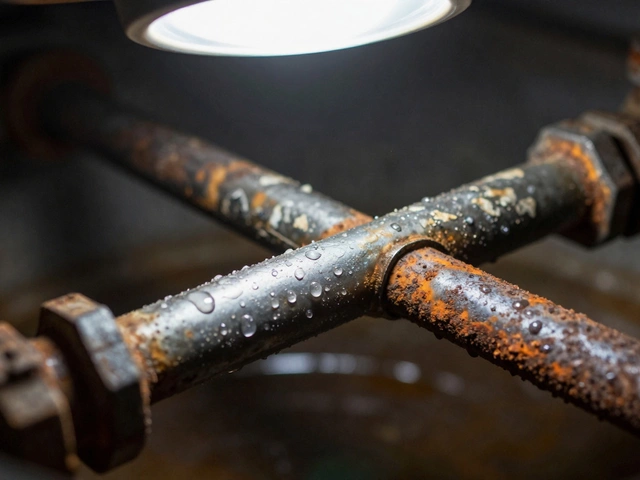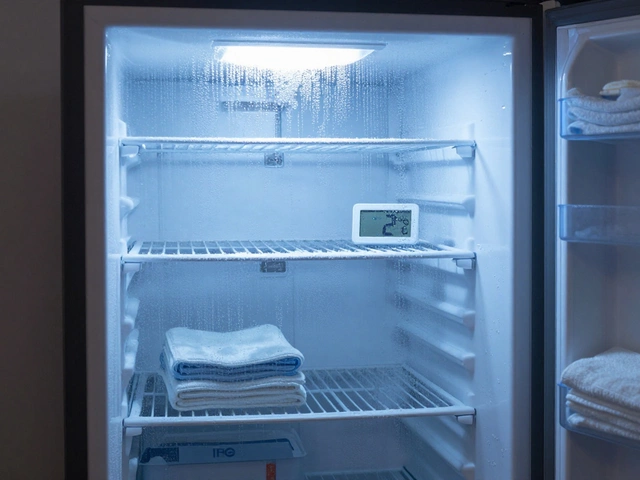Heat Pump Malfunction Checker
Common Symptoms
Symptom Details & Causes
Room doesn't reach set temperature. Check thermostat battery and wiring.
- Thermostat error
- Low refrigerant levels
- Dirty air filter
Grinding, squealing, or excessive humming sounds.
- Worn compressor bearings
- Fan motor issues
- Bent fan blades
Weak or no airflow from vents.
- Clogged air filter
- Blocked evaporator coil
- Ductwork issues
Ice buildup, water leaks, or debris around outdoor unit.
- Defrost timer failure
- Low refrigerant
- Clogged drain line
Error codes, loose wires, or capacitor issues.
- Failed capacitor
- Control board error
- Loose electrical connections
Diagnostic Summary
Check symptoms above to generate your diagnostic summary.
When to Call a Professional
- Persistent error codes after resetting breaker
- Smell of refrigerant (sweet, oily odor)
- Compressor won't start or makes grinding noises
- Repeated cycling on/off despite proper settings
Important: Refrigerant work requires EPA certification. Improper handling is illegal in many regions.
Key Takeaways
- Watch for temperature swings, strange noises, and uneven airflow.
- Start with the thermostat, then move to the outdoor unit and indoor components.
- Simple visual checks can rule out filter clogs and loose wires.
- If you see error codes or smell refrigerant, call a certified tech.
- Regular maintenance keeps most problems from turning into costly repairs.
When heating or cooling feels off, the first question is often: heat pump malfunction. Knowing what to look for can save you time, money, and a cold house. Below is a step‑by‑step guide that walks you through the most common warning signs and the easiest DIY checks you can do before dialing a professional.
Heat pump is a climate‑control system that moves heat between inside and outside using a refrigerant cycle. It works like an air conditioner in summer and reverses to provide heat in winter. Because it has both indoor and outdoor components, problems can show up in many places.
1. Temperature Swings and Comfort Gaps
The most obvious sign is a room that never reaches the set temperature. If the thermostat calls for 72°F but the living space hovers around 65°F, something’s off. First, verify the thermostat reading matches a handheld thermometer placed near the return vent. A mismatch often points to a sensor issue rather than the pump itself.
Thermostat the control panel that tells the heat pump when to start or stop may have low batteries or a loose wiring connection. Replace the batteries, tighten the terminals, and reset the device. If the temperature still drifts, move on to the next checks.
2. Unusual Noises - Listen Closely
A healthy heat pump runs with a low hum and a soft click when the compressor starts. Anything louder-squealing, grinding, or rattling-warrants attention.
Compressor the high‑pressure component that circulates refrigerant through the system can produce a buzzing sound when its bearings wear out. If you hear a metallic clank, the compressor may be seizing and will need a professional’s eye.
Check the outdoor fan blades for debris. A bent blade can cause a wobble that sounds like a grinding motor. Turn off power, remove visible leaves, and spin the fan by hand; it should turn smoothly.
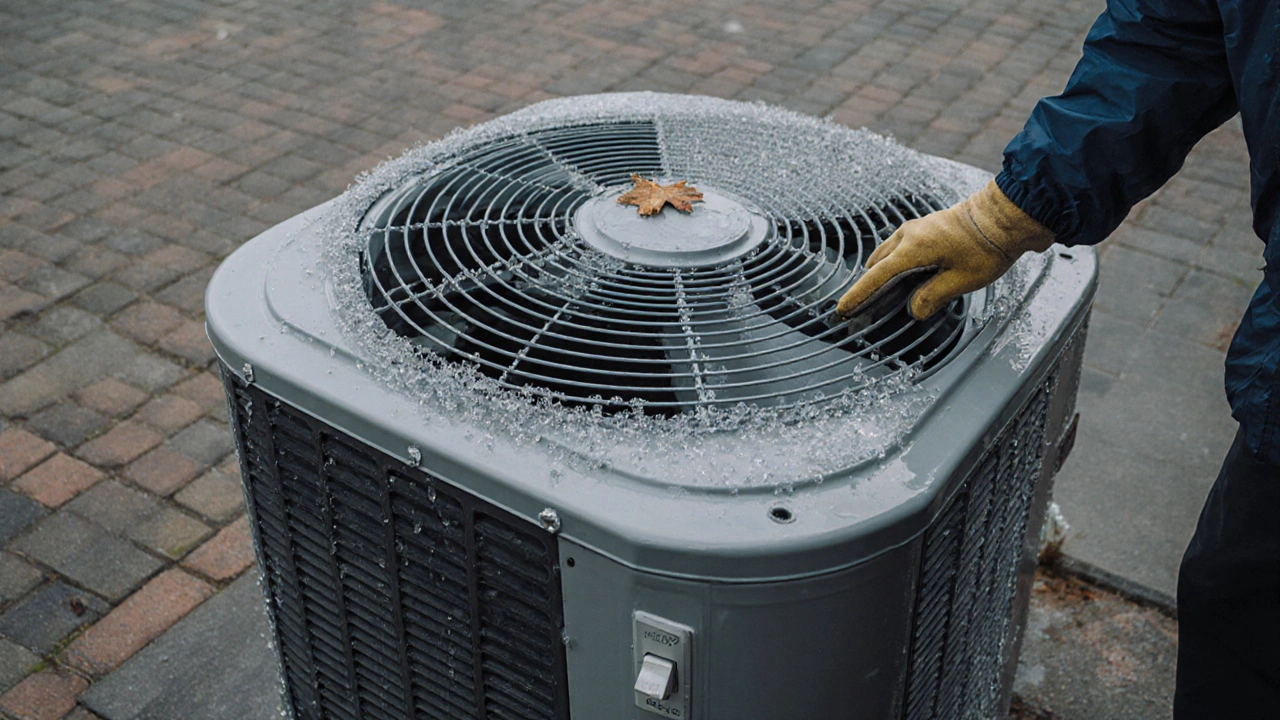
3. Airflow Problems - Filters and Ducts
Reduced airflow is often blamed on dirty filters, but a clogged filter can also mask deeper issues like a blocked coil.
Refrigerant the fluid that absorbs and releases heat as it circulates needs a clear path. If the indoor evaporator coil is coated with dust, the heat exchange efficiency drops, leading to weak heating or cooling.
Replace or clean the filter every 1-3 months. While you’re at it, inspect the evaporator coil (the indoor heat‑exchanging part). A coil that looks frosted in winter or icy in summer is a sign of low refrigerant or a blocked airflow.
4. Outdoor Unit Inspection - Condenser and Fan
The outside unit houses the condenser coil and a fan motor that expels heat. Look for obvious signs:
- Ice buildup on the coil in warm weather.
- Water pooling around the base, suggesting a clogged drain line.
- Corrosion or bent fins that reduce heat transfer.
If you spot ice, turn off the system and let it melt. A frozen coil often means low refrigerant or a faulty defrost timer.
Condenser coil the outdoor heat‑exchanging component that releases heat to the air should be clean and free of leaves. Use a garden hose to spray the fins gently-avoid high pressure that can bend them.
5. Electrical Checks - Wiring, Capacitors, and Control Board
Most heat pump failures stem from electrical faults. Before you touch anything, turn off the breaker.
Fan motor drives the outdoor fan that moves air across the condenser coil can overheat if the capacitor fails. A bulging or leaking capacitor will cause the fan to run slowly or not at all. Replace it with a matching rating (usually 5µF, 370V).
Control board the electronic circuit that coordinates heating, cooling, and defrost cycles may flash error codes. Look up the code in the user manual; common ones include ‘E1’ for sensor failure and ‘E2’ for low refrigerant pressure.
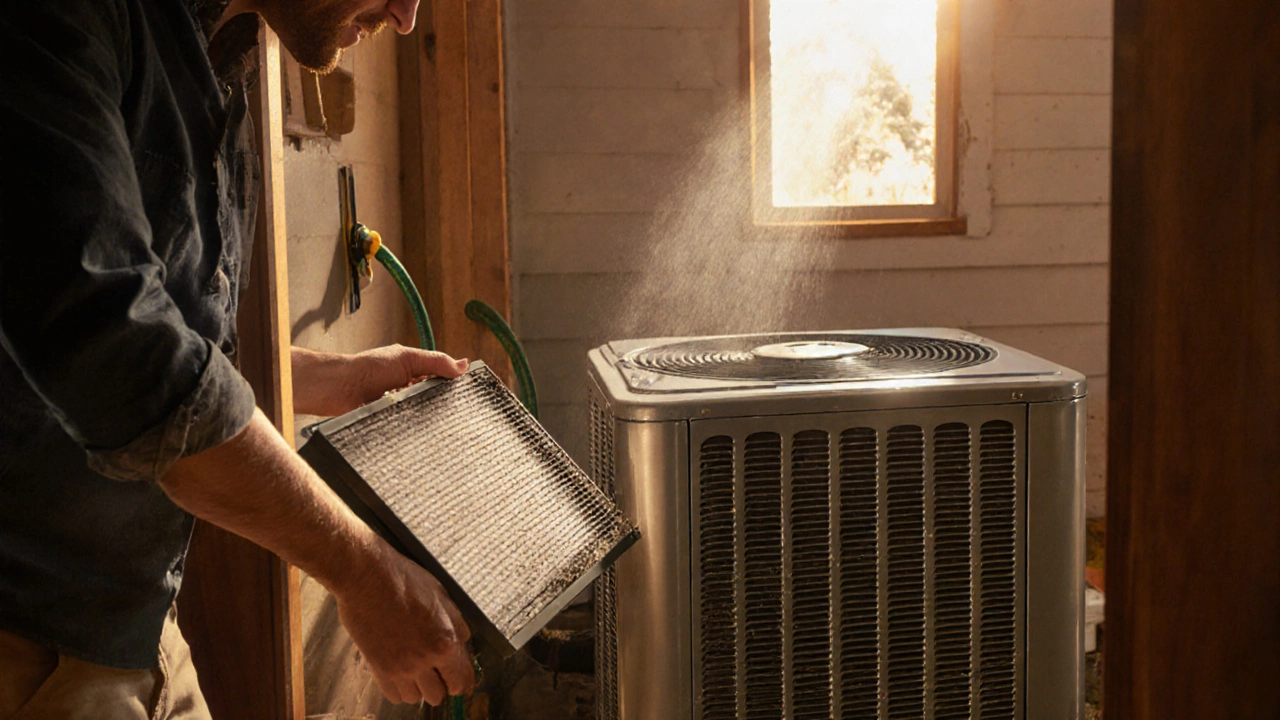
6. Quick Reference Table - Symptoms vs Likely Causes
| Symptom | Possible Cause |
|---|---|
| Room too cold/hot | Thermostat error, low refrigerant, dirty filter |
| Humming then stops | Compressor overload, short‑cycle protection |
| Grinding or squealing | Worn compressor bearings, fan motor issue |
| Ice on outdoor coil | Defrost timer failure, low refrigerant |
| Water leak near indoor unit | Clogged condensate drain, frozen coil melt |
| Error code on display | Sensor fault, control board glitch |
7. When to Call a Professional
If you’ve run through the above checks and the system still won’t perform, it’s time to call a licensed HVAC technician. Here are clear cut‑off points:
- Persistent error codes after resetting the breaker.
- Any smell of refrigerant (sweet, oily odor) - it indicates a leak.
- Compressor that won’t start or makes extreme grinding noises.
- Repeated cycling on and off (short‑cycling) despite proper thermostat settings.
Attempting major refrigerant work without certification is illegal in many regions and can damage the system.
8. Simple Preventive Maintenance
Regular care can stop most problems before they start. Make a habit of:
- Changing or cleaning filters every 1-3 months.
- Clearing debris from the outdoor unit seasonally.
- Inspecting the condensate drain line for clogs.
- Running the system for a few minutes each month during off‑season to keep lubricants circulating.
Document what you do in a small notebook. When a professional visits, they’ll have a clear history to work from.
Frequently Asked Questions
Why does my heat pump blow warm air in winter?
A heat pump reverses the refrigerant flow to extract heat from outside air. If the outdoor unit is blocked by snow or ice, the system can’t pull enough heat, so it may default to the emergency heat setting, which can feel warmer than normal.
What does an error code ‘E1’ mean?
E1 typically signals a temperature sensor fault. The control board isn’t receiving a valid reading, so it shuts the system down to prevent damage.
Can I add refrigerant myself?
No. Handling refrigerant requires EPA certification. Improper charging can damage the compressor and is illegal in many places.
My heat pump makes a high‑pitched squeal. What should I do?
A squeal often points to a worn fan motor belt or a loose fan blade. Turn off the unit, inspect the motor and belt for wear, and tighten or replace the part. If you’re not comfortable, call a technician.
How often should I have my heat pump serviced?
A professional tune‑up once a year-ideally before the heating season-keeps the refrigerant charge, electrical contacts, and safety controls in check.

